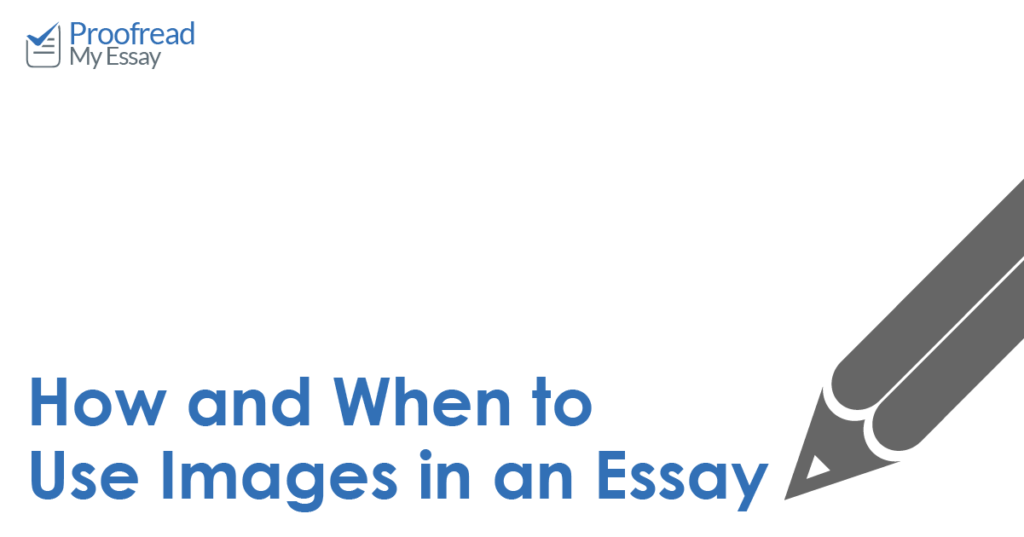Pages of text alone can look quite boring. And while you might think that ‘boring’ is normal for an essay, it doesn’t have to be. Using images and charts in an essay can make your document more visually interesting. It can even help you earn better grades if done right!
Here, then, is our guide on how to use images in an academic essay.
How to Use Images in an Essay
Usually, you will only need to add an image in academic writing if it serves a specific purpose (e.g. illustrating your argument). Even then, you need to make sure images are presently correctly. As such, try asking yourself the following questions whenever you add an image in an essay:
- Does it add anything useful? Any image or chart you include in your work should help you make your argument or explain a point more clearly. For instance, if you are analysing a film, you may need to include a still from a scene to illustrate a point you are making.
- Is the image clearly labelled? All images in your essay should come with clear captions (e.g. ‘Figure 1’ plus a title or description). Without these, your reader may not know how images relate to the surrounding text.
- Have you mentioned the image in the text? Make sure to directly reference the image in the text of your essay. If you have included an image to illustrate a point, for instance, you would include something along the lines of ‘An example of this can be seen in Figure 1’.
The key, then, is that images in an essay are not just decoration. Rather, they should fit with and add to the arguments you make in the text.
Citing Images and Illustrations
If you have created all the images and charts you want to use in your essay, then all you need to do is label them clearly (as described above). But if you want to use an image found somewhere else in your work, you will need to cite your source as well, just as you would when quoting someone.
The exact format for this will depend on the referencing system you’re using. However, with author–date referencing, it usually involves giving the source author’s name and a year of publication:
In the caption above, for example, we have cited the paper containing the image and the page it is on. We would then need to add the paper to the reference list at the end of the document:
Find this useful?
Subscribe to our newsletter and get writing tips from our editors straight to your inbox.
Gramblička, S., Kohar, R., & Stopka, M. (2017). Dynamic analysis of mechanical conveyor drive system. Procedia Engineering, 192, 259–264. DOI: 10.1016/j.proeng.2017.06.045
You can also cite an image directly if it not part of a larger publication or document. If we wanted to cite an image found online in APA referencing, for example, we would use the following format:
Surname, Initial(s). (Role). (Year). Title or description of image [Image format]. Retrieved from URL.
In practice, then, we could cite a photograph as follows:
Booth, S. (Photographer). (2014). Passengers [Digital image]. Retrieved from https://www.flickr.com/photos/stevebooth/35470947736/in/pool-best100only/
Make sure to check your style guide for which referencing system to use.
